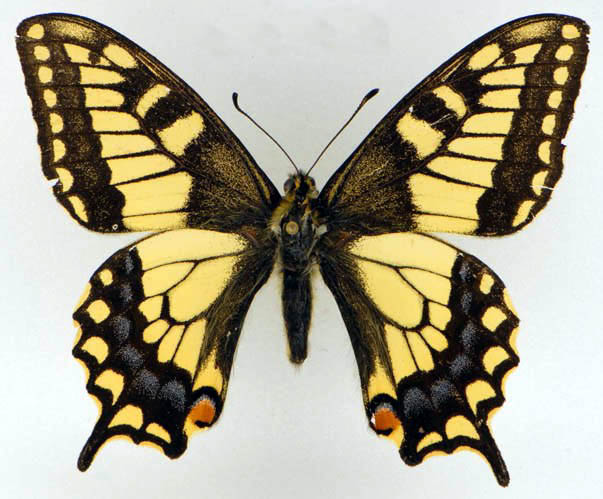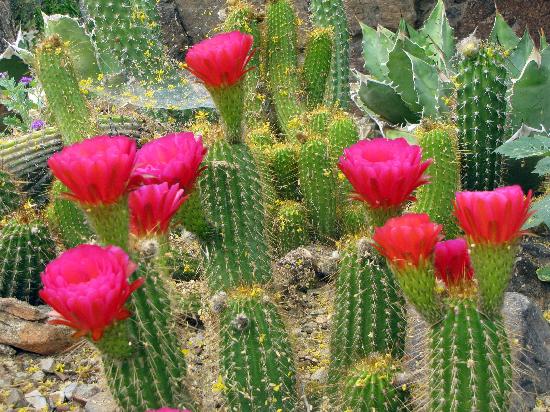Souvenir Sheet: Selenicereus grandiflorus and Tithorea harmonia (Sierra Leone 2023)
Selenicereus grandiflorus and Tithorea harmonia (Sierra Leone 2023)
15 December (Sierra Leone ) within release Cactus & Butterflies (2023.1) goes into circulation Souvenir Sheet Selenicereus grandiflorus and Tithorea harmonia face value 135 Sierra Leonean leone
| Souvenir Sheet Selenicereus grandiflorus and Tithorea harmonia in catalogues | |
|---|---|
| Colnect codes: | Col: SL 2023.12.15-144 |
Souvenir Sheet is square format.
Also in the issue Cactus & Butterflies (2023.1):
- Mini Sheet - Cactus & Butterflies face value 4*35;
- Souvenir Sheet - Disocactus flagelliformis and Evenus batesii face value 135;
- Souvenir Sheet - Selenicereus grandiflorus and Tithorea harmonia face value 135;
- Stamp - Epiphyllum phyllanthus; Melinaea scylax face value 35;
- Stamp - Euphorbia meloformis; Ithomia jucunda face value 35;
- Stamp - Haetera macleannania face value 35;
- Stamp - Opuntia pubescens face value 35;
Souvenir Sheet Selenicereus grandiflorus and Tithorea harmonia it reflects the thematic directions:
Lepidoptera or lepidopterans is an order of winged insects which includes butterflies and moths. About 180,000 species of the Lepidoptera have been described, representing 10% of the total described species of living organisms, making it the second largest insect order (behind Coleoptera) with 126 families and 46 superfamilies, and one of the most widespread and widely recognizable insect orders in the world
A cactus (pl.: cacti, cactuses, or less commonly, cactus) is a member of the plant family Cactaceae (/kækˈteɪsi.iː, -ˌaɪ/),[a] a family of the order Caryophyllales comprising about 127 genera with some 1,750 known species.The word cactus derives, through Latin, from the Ancient Greek word κάκτος (káktos), a name originally used by Theophrastus for a spiny plant whose identity is now not certain. Cacti occur in a wide range of shapes and sizes. They are native to the Americas, ranging from Patagonia in the south to parts of western Canada in the north, with the exception of Rhipsalis baccifera, which is also found in Africa and Sri Lanka. Cacti are adapted to live in very dry environments, including the Atacama Desert, one of the driest places on Earth. Because of this, cacti show many adaptations to conserve water. For example, almost all cacti are succulents, meaning they have thickened, fleshy parts adapted to store water. Unlike many other succulents, the stem is the only part of most cacti where this vital process takes place. Most species of cacti have lost true leaves, retaining only spines, which are highly modified leaves. As well as defending against herbivores, spines help prevent water loss by reducing air flow close to the cactus and providing some shade. In the absence of true leaves, cacti's enlarged stems carry out photosynthesis.


